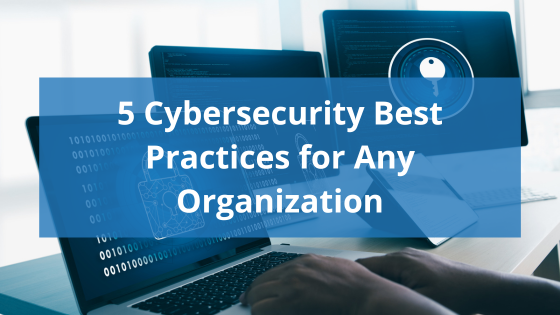There are many things we worry about when it comes to cybersecurity. We commonly talk about stolen credentials, social engineering, and phishing attempts, but we also need to look out for ransomware. In the last year, 66% of organizations were hit by ransomware, and it could take up to six months to recover from an attack. We'll go over what ransomware is, what to do after an attack, and how to prevent future ransomware attacks.
What is ransomware?
Ransomware refers to malware that is used to hold an organization's data hostage, demanding payment for the return of critical business information. Ransomware is often deployed in the form of attachments or compromised websites, opening up a user's device to bad actors. They can then access an entire network, blocking access to company files and demanding payment. Cybercriminals will often ask for payment in some form of cryptocurrency, making it nearly impossible to track them after payment has been rendered.
What happens after an attack?
Ransomware attacks threaten a lot more than financial losses. It is possible to get your files back through backups, which is why strong backup plans are critical to any business. Paying a ransom doesn't guarantee that attackers will return your data. Once they have access to your files, attackers are willing and able to sell or leak your sensitive data to other parties. This could include financial information, client details, employee files, or anything that could seriously harm an organization's operations and reputation. If you suffer a ransomware attack, it is important to alert authorities. Reporting these attacks can help prevent future incidents.
How can we prevent an attack?
One of the most important things you can do to protect your business is to have a proper backup plan in place. Having multiple backups, stored separately, is key to retaining your critical information. Employee training and awareness are also essential parts of any cybersecurity plan. Employees are often the most vulnerable part of any security efforts. Part of these security efforts should include monitoring your network regularly. This allows you to locate and respond to suspicious activity before a ransom occurs. All of your security efforts combined should reduce your risk and help prevent attacks, but they should be regularly evaluated to keep up with new threats.
Ransomware can impact any organization, regardless of size, mission, or location. Tech Networks of Boston can help you evaluate your risk level and create a strong security plan. If you have any questions or would like a security assessment, please contact us.





Leave a Reply